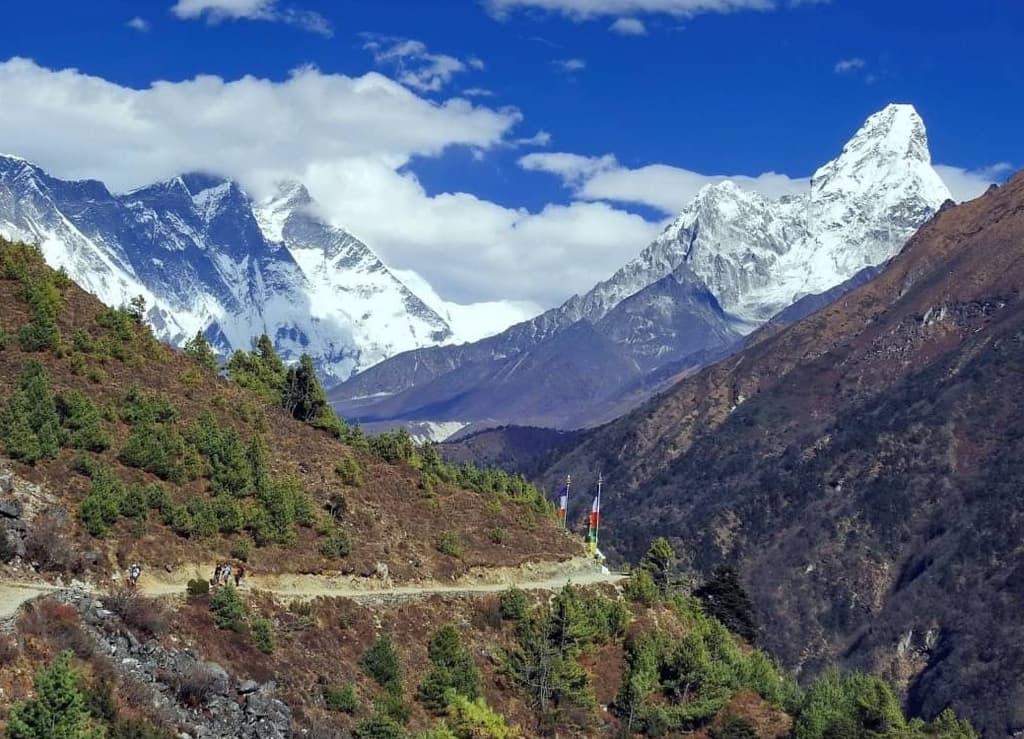Who Is Gen Z?
Generation Z, often called Gen Z, includes people born between 1997 and 2012. They are the first group to grow up with the internet, smartphones, and social media from a young age. This makes them fast at using technology and skilled at spreading ideas online.
Globally, Gen Z is known for caring about fairness, honesty, climate change, and mental health. They are not afraid to speak out against leaders or systems they feel are corrupt. In Nepal, the “youth” category often includes people up to 40 years old, so Gen Z movements here are often joined by young millennials as well.
Why Gen Z Thinks Differently
Gen Z in Nepal has grown up seeing political instability, corruption scandals, and limited job opportunities. Unlike older generations, they do not trust traditional politics and power systems. They believe in transparency, accountability, and equal opportunity.
Because they are active online, they quickly learn about global youth movements and compare Nepal’s system to others. This motivates them to demand change at home.
Challenges Faced by Nepali Youth
The young people of Nepal face several struggles that fuel their anger:
- Unemployment: Many young graduates do not find stable jobs.
- Corruption: Nepal continues to rank poorly on global corruption indexes.
- Migration: Millions of youth leave the country for work abroad, showing a lack of opportunities at home.
These problems created frustration long before the protests began.
What Sparked the Nepal Youth Protest 2025
In early September 2025, the government of Nepal banned 26 popular social media platforms, including Facebook, Instagram, WhatsApp, and X (Twitter). For Gen Z, who live online, this felt like losing their voice.
This move immediately triggered mass protests in Kathmandu and other cities. Young people demanded freedom of expression, justice, and an end to corruption. Unfortunately, the protests turned violent, with clashes between protesters and security forces leading to loss of lives.
How Nepal’s Gen Z Organized the Movement
Despite the social media ban, youth activists found new ways to stay connected. They used TikTok, Viber, VPNs, and even word-of-mouth to spread information and organize rallies.
A powerful online trend called the “Nepo Kid” campaign highlighted how politicians’ children lived in luxury while ordinary youth faced joblessness. This phrase became a rallying cry, symbolizing the fight against nepotism and unfair privilege.
Demands of the Protesters
The protesters’ goals were clear and direct:
- Restore freedom of speech and lift the social media ban.
- End corruption and punish those involved in scandals.
- Hold leaders accountable and, for some groups, call for new elections.
- Create fair job opportunities and stop favoritism in hiring.
Achievements of the Nepal Youth Protest 2025
The protests brought quick results:
- The social media ban was lifted, restoring online freedom.
- Prime Minister K.P. Sharma Oli resigned on September 9, 2025.
- Discussions about political reform and new elections began.
- The world saw the power of Nepal’s youth, especially Gen Z.
Although the situation caused curfews, airport shutdowns, and heavy military presence, it proved that young people could force real political change.
Leaders and Symbols of the Protest
Kathmandu Mayor Balendra “Balen” Shah became an important figure during the protests. Known for his anti-corruption views, he gained strong support from the youth while also calling for peaceful actions.
The slogan “Nepo Kid” turned into the movement’s symbol. It captured the frustration of young people who wanted a system based on merit, not family connections.
Timeline of Key Events
- August 2024: Youth protested against a law that would limit corruption cases.
- September 2025: Social media platforms were banned, sparking mass protests.
- September 8–9, 2025: Clashes erupted, parliament buildings were attacked, and the prime minister resigned.
- September 9–10, 2025: The social media ban was lifted, and curfews and army patrols were introduced.
Why Gen Z Changed the Game in Nepal
These protests were different because of Gen Z’s involvement. They organized quickly, used digital tools, and told their story through memes, videos, and campaigns. They turned online frustration into real-world action.
They also united multiple problems joblessness, corruption, and inequality into one strong demand: fair governance and accountability.
What’s Next for Nepal’s Future
The youth protests showed that young people will not stay silent anymore. Removing the prime minister and lifting the ban were important wins, but the bigger challenge is long-term reform.
Nepal’s future depends on creating systems that are fair, transparent, and full of opportunities for its young people. Without real change, frustration could return.
For Nepal’s economy, tourism, and daily life, stability is key. Trust between citizens and leaders must be rebuilt to secure lasting progress.
Final Thoughts
Gen Z in Nepal is not just “the digital generation.” They are a powerful force for change. The 2025 youth protests proved that they are willing to fight for fairness, honesty, and opportunity.
The question now is whether Nepal’s leaders will listen and make reforms, or whether the cycle of frustration will continue. What is clear is that Nepal’s Gen Z has already reshaped the nation’s politics—and they are only just beginning.











